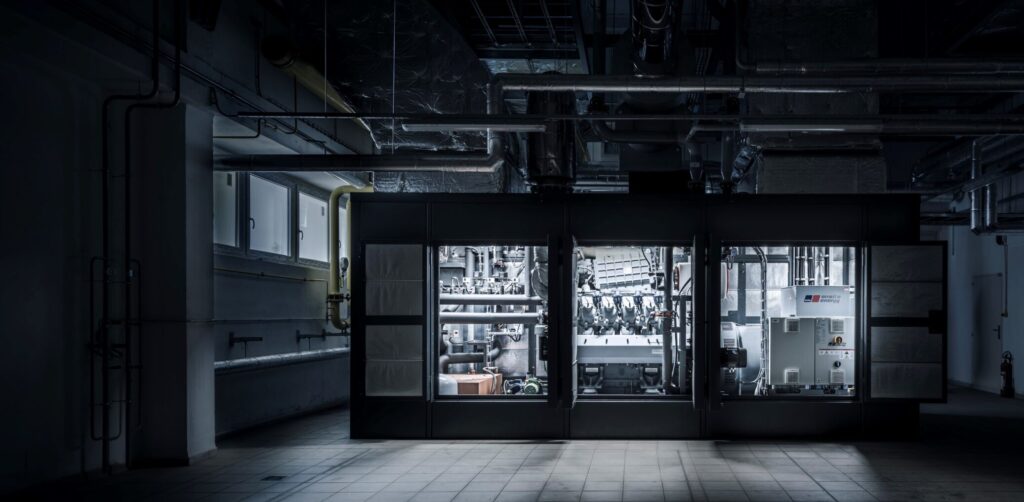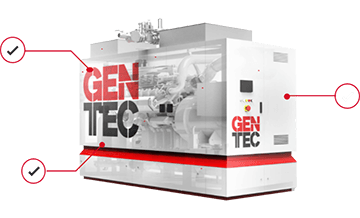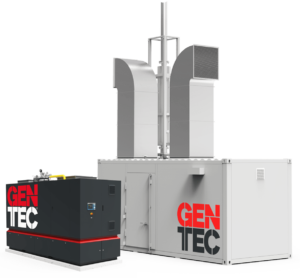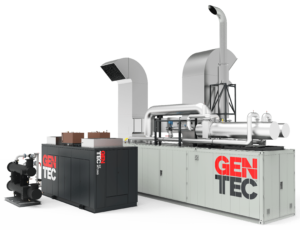Český výrobce kogeneračních jednotek
Vyrábíme kogenerační jednotky. Klademe důraz na kvalitu a spolehlivost.




Partner pro velké i malé
Vyrábíme kogenerační jednotky ve výkonech od 30 do 10 000 kWe v různých provedeních.
Kvalita a spolehlivost
Naše kogenerační jednotky stavíme z těch nejkvalitnějších komponent od renomovaných světových výrobců.
Zkušenosti a stabilita
Léta zvládáme velké a složité projekty pro významné energetické společnosti. Jsme aktivní na několika evropských trzích.
Kogenerační jednotky
Prohlédněte si naše kogenerační, mikrokogenerační a trigenerační jednotky na zemní plyn, bioplyn a jiná paliva s variabilitou provedení. Najdeme pro vás také řešení na míru.
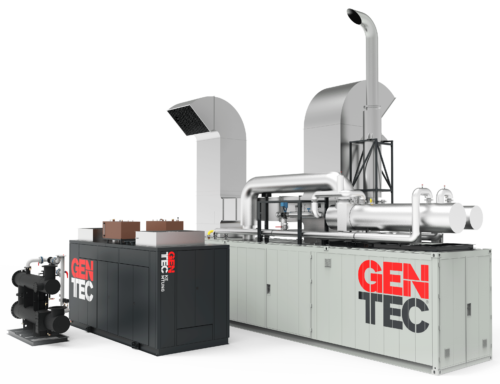
Zemní plyn
Zemní plyn je standardní palivo pro nejširší spektrum využití. Kogenerační jednotky na něm dosahují nejlepších účinností a jsou maximálně spolehlivé.
Bioplyn
Kogenerační jednotky na bioplyn musí být především spolehlivé, aby byl zaručen jejich nepřetržitý provoz. Každý bioplyn je jiný a my vždy hledáme to nejlepší řešení na míru.
Propan a LPG
Ne vždy je v místě instalace KGJ k dispozici distribuční síť zemního plynu. V takovém případě může být alternativou právě LPG. Víme jak na to.
Vodík
Vodík je palivem budoucnosti. Nabízí velké možnosti využití a téměř nulové emise. Je to však plyn, ke kterému je potřeba přistupovat s respektem. My jsme na to šli zodpovědně a na vývoji kogeneračních jednotek jsme spolupracovali s těmi nejlepšími odborníky na vodík a vodíkové technologie v ČR a v Evropě.
Všechna paliva
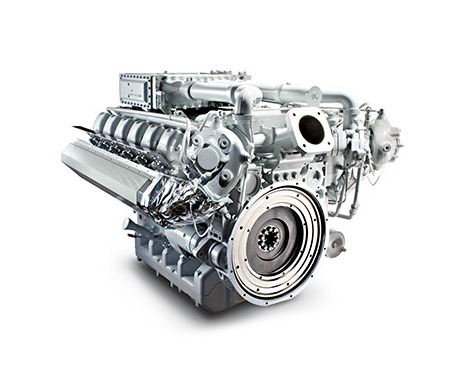
Konfigurátor KGJ
Přehledně a rychle vás provedeme rozsáhlou nabídkou kogeneračních jednotek GENTEC a pomůžeme vybrat tu pravou podle vámi zadaných parametrů.
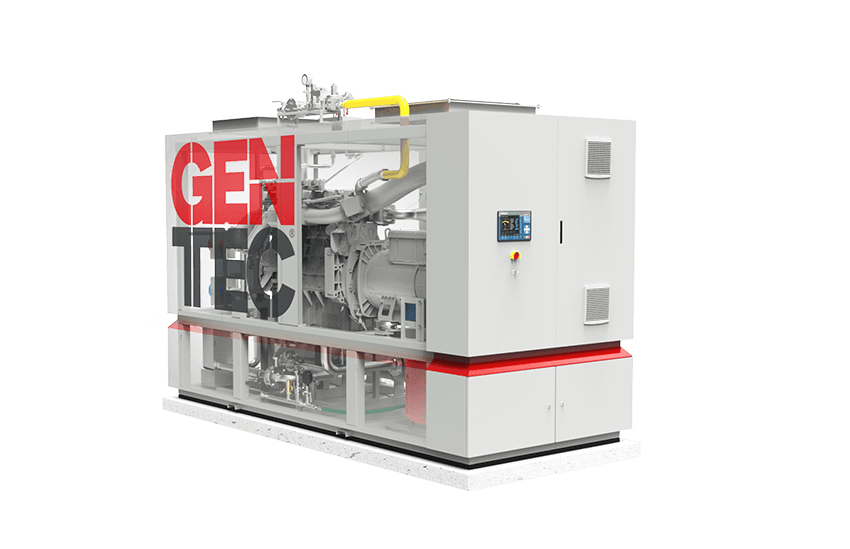
Reference
Chceme za sebou nechávat jen dobrou práci. Spokojenost našich zákazníků mluví za vše.
GENTEC pro naše projekty obnovy CZT v Praze dodává kogenerační jednotky s SCR, které splňují náročné požadavky na emisní limity. Jsme velmi spokojení s kvalitou dodávaných KGJ a dodržováním stanovených termínů a technických parametrů. Kvalita spolupráce se společností GENTEC CHP s.r.o. je na vysoké úrovni.
Spolupráce se společností GENTEC CHP s.r.o. při rekonstrukci naší kotelny v proběhla úspěšně, dle podmínek dohodnutých ve smlouvě. Se společností GENTEC CHP s.r.o. předpokládáme spolupráci i na dalších projektech dodávek KGJ.
Kvalita a spolehlivost každé kogenerační jednotky GENTEC je na velmi dobré úrovni. Se servisními službami jsme také dlouhodobě spokojeni a díky profesionálnímu přístupu týmu GENTEC dosahujeme vysoké disponibility KGJ.
Servisní síť
Spolehlivý servis je základní podmínkou trvale provozuschopného stavu kogenerační jednotky. Je naší prioritou nabízet servisní služby na nejvyšší úrovni. Pro naše zákazníky jsme tady 24/7.
Kontakt na servisní dispečink
O nás
Jsme významným českým výrobcem kogeneračních, mikrokogeneračních a trigeneračních jednotek na zemní plyn, bioplyn a jiná paliva.
